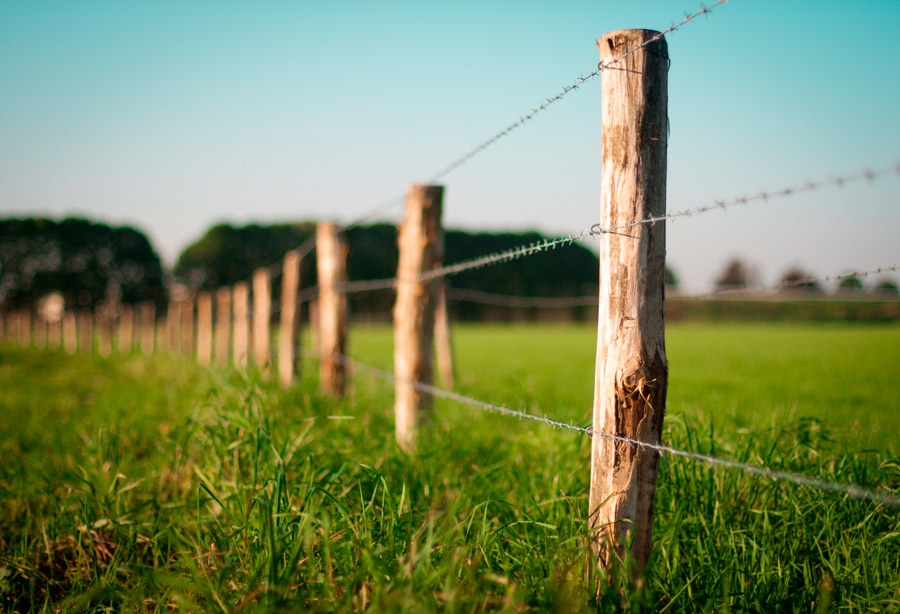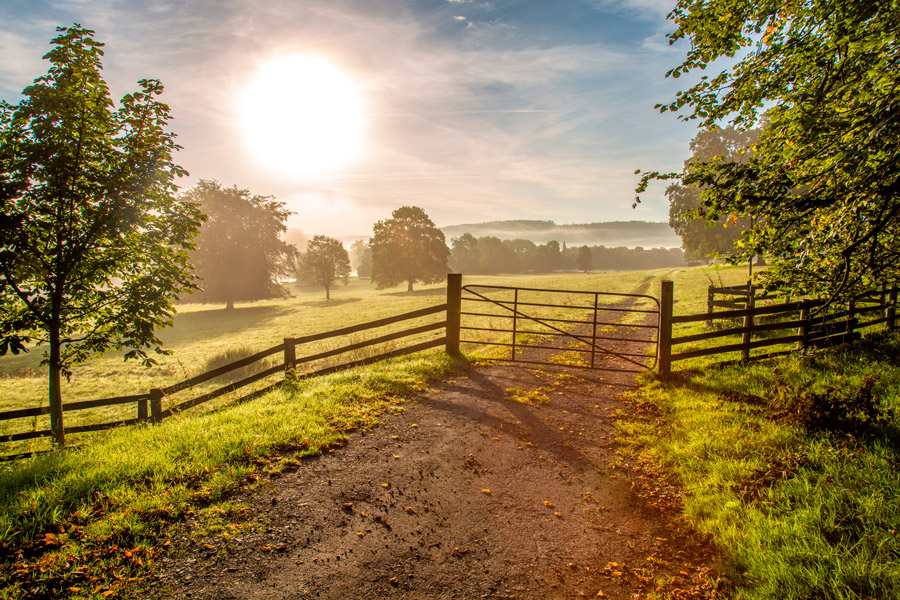Fences are essential structures on rural property that help landowners create well-defined physical boundaries. Farmers rely on fences to keep their livestock safe and prevent predators from wreaking havoc on their most vulnerable animals. Whether you’re an expert farmer or a hobbyist, building a sturdy fence is a critical task in rural areas. However, planning and constructing the ideal fence can be challenging, especially for first time fence builders.
Below, we’ll review a few critical considerations to keep in mind while your building your fence.
Strategies When Designing The Right Fences For Your Property

Know Your Purpose
Before you start building your fence, ask yourself, “Why am I adding this barrier in my land?” Do you want to keep your livestock in and predators out? Or are you only interested in creating a visual boundary? Understanding the purpose behind your fence will inform your design plans and help you select the best construction materials.
Choose the Right Materials for your Fence
You could choose from dozens of materials to construct rural fencing, but the most prevalent options include wood, metal, and wire. Although all these materials work well for building fences, farmers need to weigh the advantages and disadvantages of each option against their purpose. For instance, wooden fences are popular for their aesthetic appeal and affordability, but they require regular maintenance to prevent rotting and warping. Metal fences are durable and long-lasting but can be expensive and difficult to install. Thirdly, wire fences are affordable and easy to install, but they’re not suitable for all types of livestock. Weigh the pros and cons of these fencing materials to see which one best fits your goals.
Determine the Correct Fence Height

Similar to choosing your construction material, figuring out your fence’s ideal height depends on the purpose and the type of livestock you’re keeping. For example, a fence for horses should be at least 5 feet high, while a fence for cattle could be at least 4 feet high. It’s crucial to consider the animal’s size and jumping abilities to prevent escapes or injuries. Taller fences may be necessary for larger or more agile animals such as deer.
Prepare Your Terrain and Environment for Fencing
The terrain on your property has a significant impact on the design and installation of your fence. You may need to excavate your land or invest in substantial terrain improvements before putting your fence in the ground. For instance, if you’re working on uneven ground, you’ll probably need to adjust the height and placement of your fence posts to ensure stability. Take note of any natural obstacles (e.g., trees or boulders) which may require special attention when building your fence.
Invest in Quality Posts
Your fence’s stability largely depends on the quality and construction of your posts. Since posts are so significant in fence design, you must choose durable materials like treated wood or steel for the best results. Always pay careful attention during installation to ensure your posts are securely placed in the ground. The depth of the posts will depend on various factors such as the type of soil and the intended purpose of the fence. As a general guideline, posts for a typical rural fence should be buried at least 2 to 3 feet deep to provide adequate stability and support. However, in areas with softer or sandy soil, deeper post holes may be necessary to ensure the fence remains secure. Taller or heavier fences may require deeper post depths to withstand pressure from livestock.
Install Proper-Fitting Gates
You will need ways to conveniently move in and out of your fenced spaces throughout the day. Wide gates provide access to different areas while ensuring livestock stays inside. Choose a gate wide enough to accommodate the largest animals in your care, and make sure it’s secure and easy to operate.
Fine-Tune Your Fencing Plan

Building a fence requires careful planning, attention to detail, and hard work. However, if you take the appropriate amount of time and care to choose suitable materials and establish a solid layout, you’re well on your way to constructing the fence of your dreams. A sturdy and functional fence will add value to your property for years.
